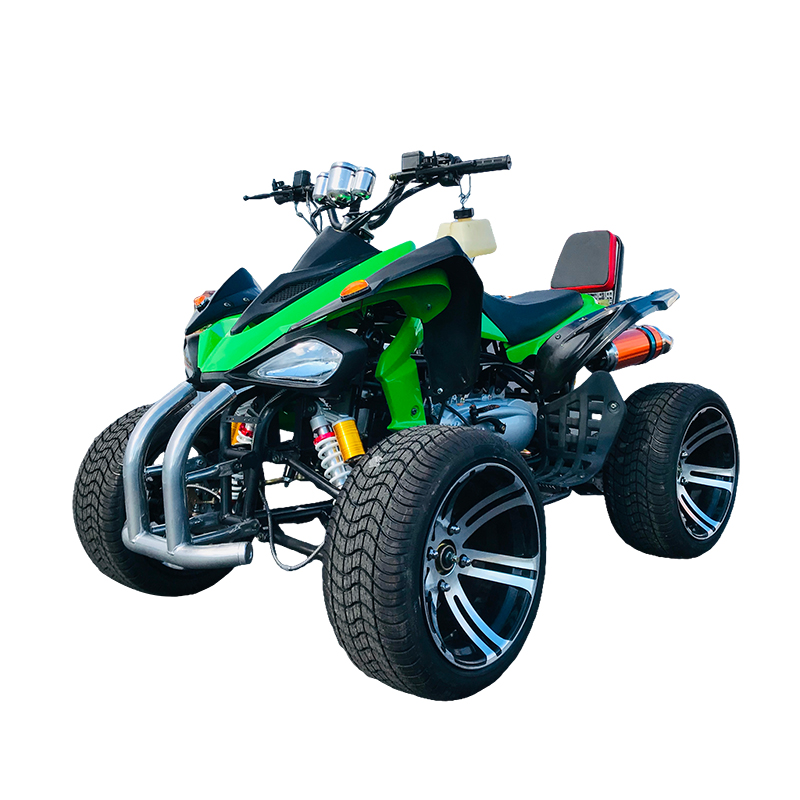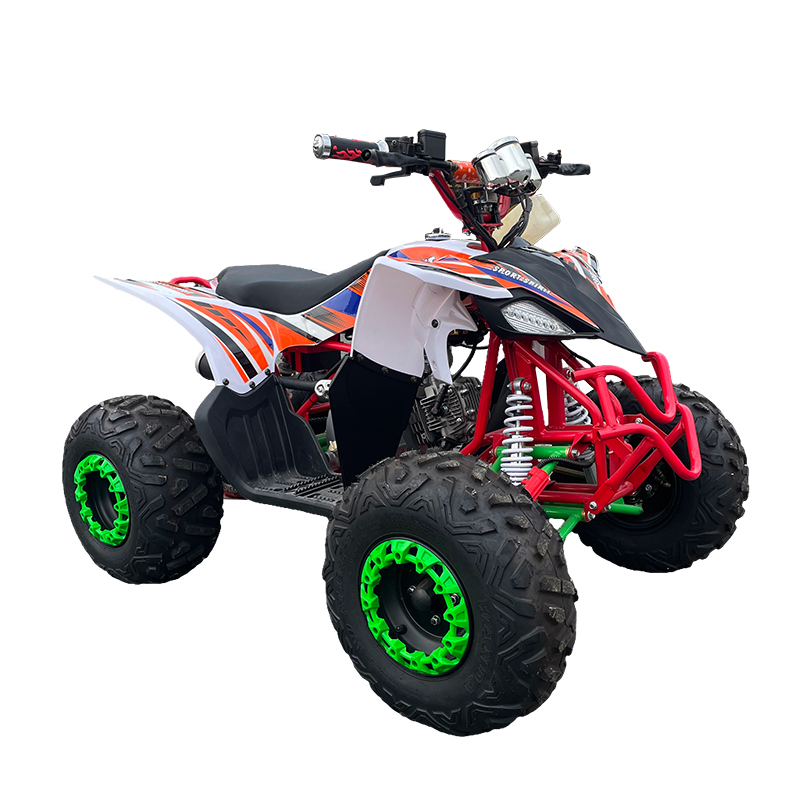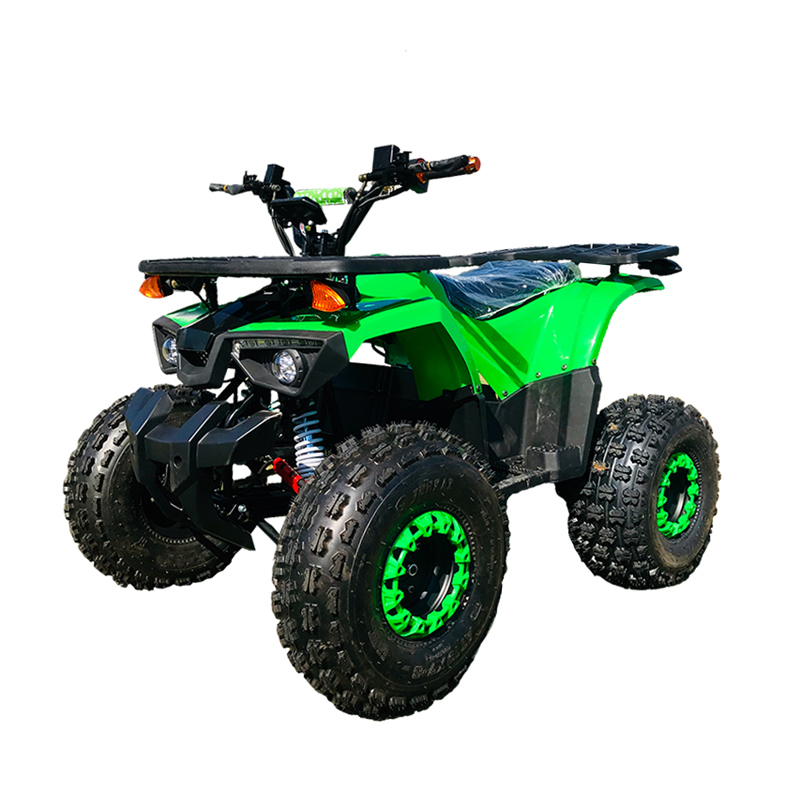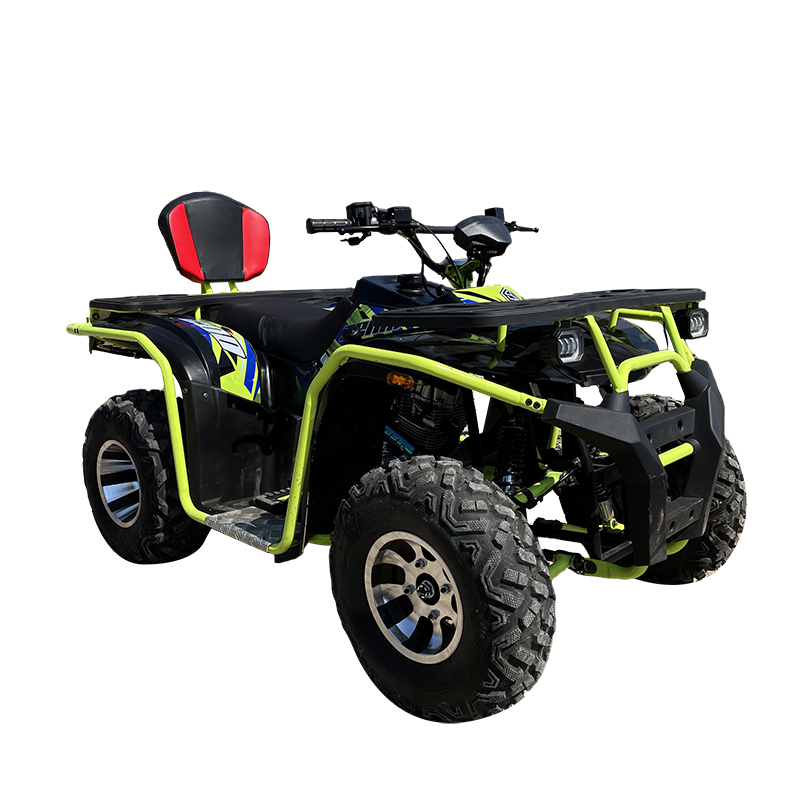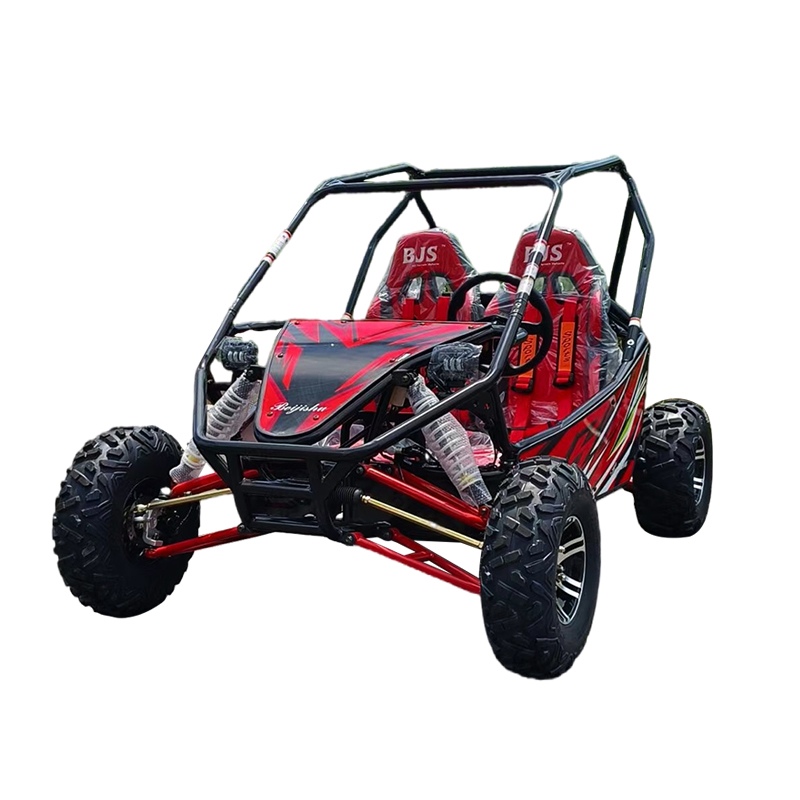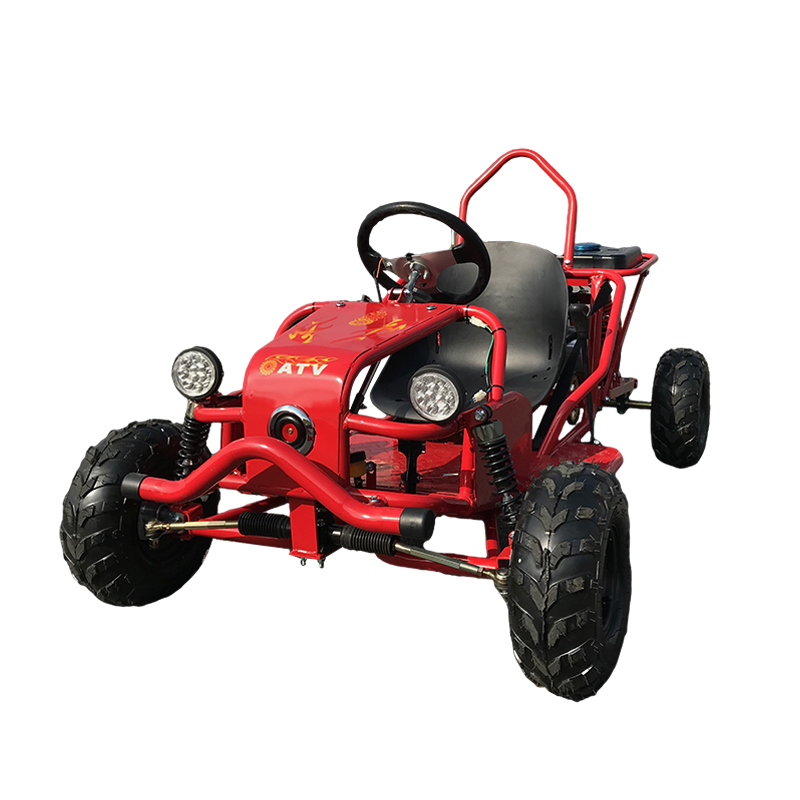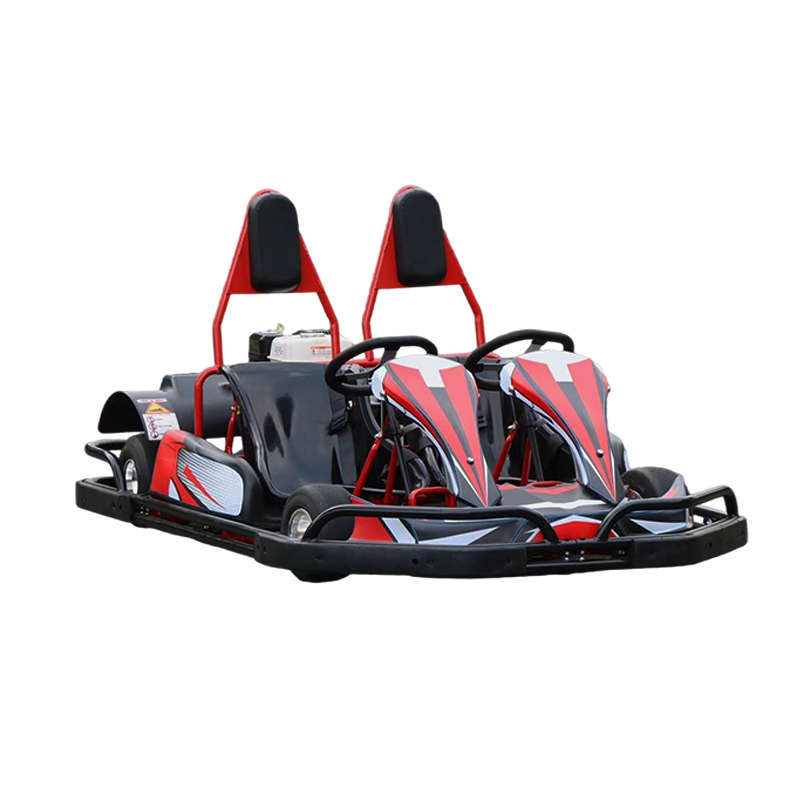The core differences between ATV (All-Terrain Vehicle) and UTV (Utility Task Vehicle) lie in their design structure, control system, safety features, passenger capacity, and usage purpose. While both are built for rugged terrains and off-road performance, they serve distinctly different needs. Below is a comprehensive comparison to help users determine which type of vehicle better suits their purpose.
1. Design Structure and Control Method
An ATV vehicle is typically designed with an open frame and a riding posture similar to that of a motorcycle. Riders straddle the seat and use handlebars to control direction, often leaning their bodies to assist with balance and turning. These vehicles are compact, agile, and ideal for navigating narrow trails, steep slopes, and rocky terrain. With high ground clearance and independent suspension, ATV vehicles excel in climbing and maneuverability.
In contrast, a UTV vehicle features a more structured design, often including a roll cage, protective doors, and a side-by-side seating arrangement. These vehicles are controlled by a steering wheel, accelerator, and brake pedals—much like a standard car. The driving experience of a UTV vehicle is more stable and car-like, making it easier for drivers with on-road experience to adapt. While its cornering stability is better, the lower ground clearance can slightly reduce its performance on extremely rugged terrain.

2. Safety Performance
Safety is one of significant distinctions between the two. ATV vehicles generally lack built-in safety equipment such as seat belts or roll cages. Because of the open design and straddle-style seating, riders are more exposed, making protective gear such as helmets, gloves, and body armor essential.
In contrast, UTV vehicles come equipped with enhanced safety features. models include seat belts, reinforced roll cages, and optional doors or semi-enclosed cabins. These elements provide better protection in the event of a rollover or collision. Some high-end utility vehicle models also include side mirrors, lights, and windshields for added visibility and road-readiness, especially when used in regulated environments like farms or job sites.
3. Passenger Capacity and Usage
ATV vehicles are built for solo riders or, at most, a driver and one passenger. They prioritize maneuverability and speed, making them suitable for recreational trail riding, hunting, or exploring off-road terrain.
UTV vehicles, on the other hand, are designed for practicality. With seating for two to six passengers, these utility vehicles serve broader purposes. They often feature cargo beds in the rear, making them ideal for transporting tools, equipment, and supplies. Whether it's farm work, landscaping, construction support, or guided off-road tours, a UTV vehicle is built for teamwork and productivity. Some utility vehicles are even adapted for snow plowing, firefighting, or rescue operations in remote areas.
4. Driving Requirements
Driving an ATV vehicle generally has a lower barrier to entry. In many regions, individuals aged 16 and above can operate these vehicles without a formal driver's license, although safety training is still recommended.
A UTV vehicle, due to its resemblance to a road vehicle and enhanced features, may require a standard driver's license depending on local regulations. Especially for utility vehicles used in public or semi-public spaces, compliance with legal and safety standards is more strictly enforced.
To sum up, the ATV vehicle is ideal for thrill-seekers and solo riders navigating tight, technical terrain. The UTV vehicle, or utility vehicle, offers greater stability, safety, and functionality for group travel, labor-intensive tasks, and commercial applications. Understanding the specific use case, terrain, and safety needs will help determine which off-road vehicle is the better choice.

